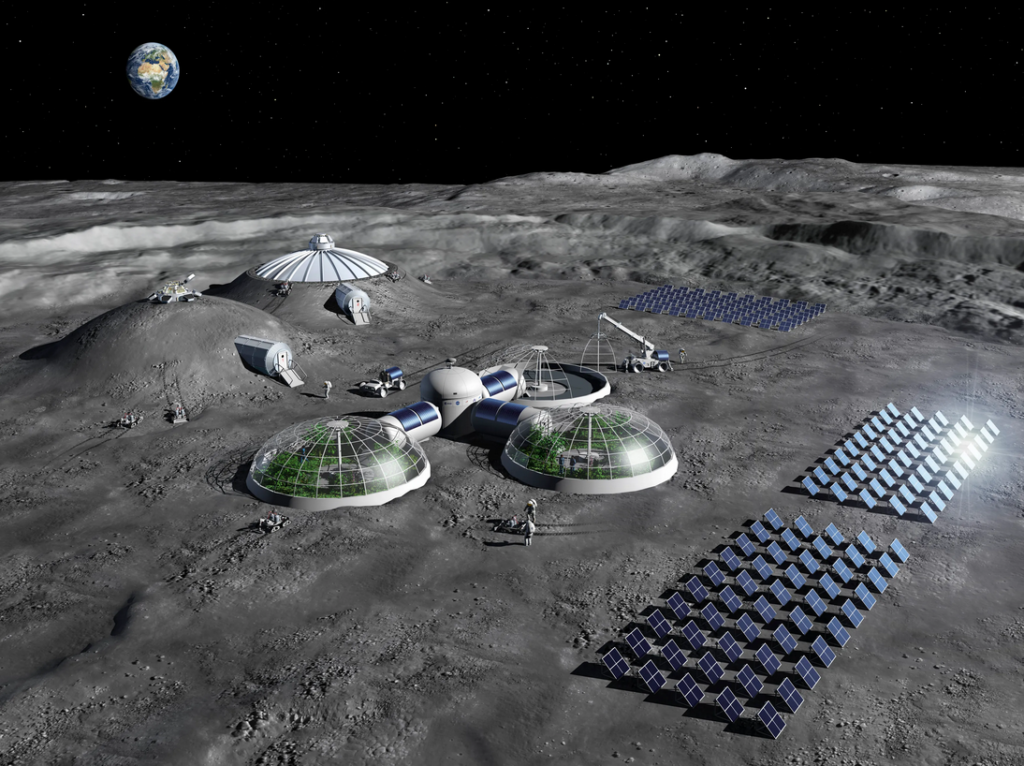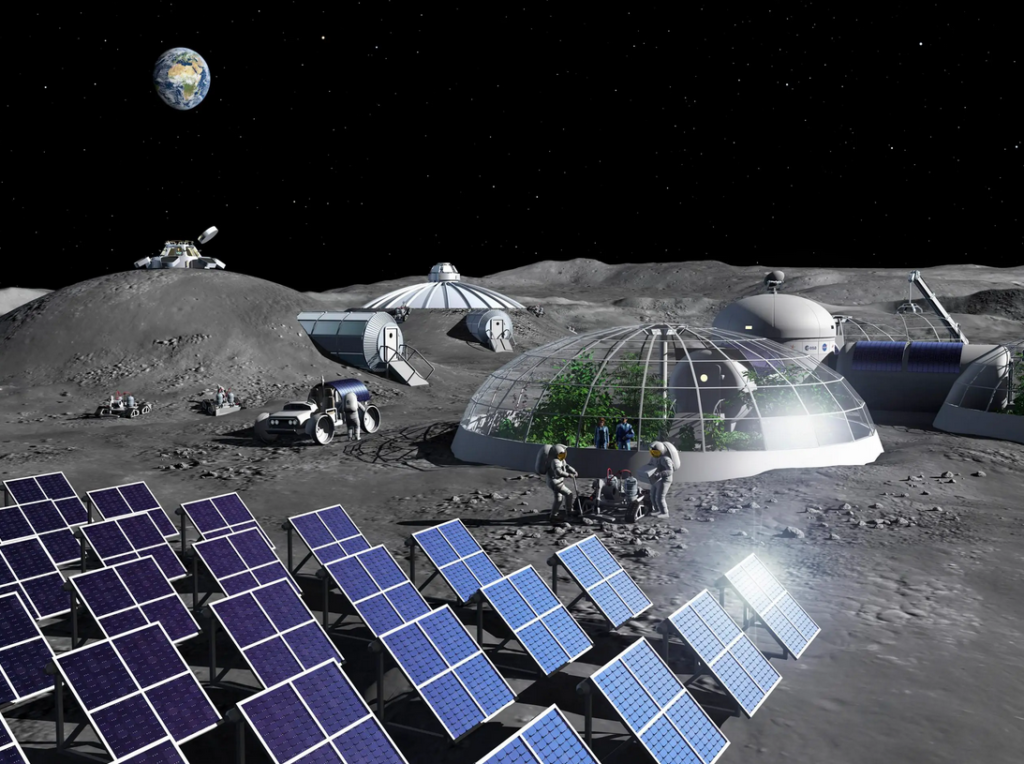Lunar Living: NASA’s Artemis Base Camp Concept
NASA’s Artemis program has taken humanity’s fascination with the Moon to new heights. With plans to land the first woman and next man on the lunar South Pole in 2024, NASA is fueling excitement around lunar exploration. However, this mission is just the beginning. The agency is committed to establishing a sustainable presence on the Moon by the end of this decade, and the Artemis Base Camp concept is a pivotal part of this ambitious plan.
The Artemis Base Camp is not just a simple lunar landing site; it represents the vision of a modern lunar outpost, complete with a lunar cabin, rover, and even a mobile home. While early missions will involve relatively short stays on the lunar surface, the long-term goal is to enable astronauts to live and work on the Moon for up to two months at a time, ushering in a new era of lunar exploration.
Kathy Lueders, associate administrator for human spaceflight at NASA Headquarters, emphasized the significance of this endeavor, stating, “With more demand for access to the Moon, we are developing the technologies to achieve an unprecedented human and robotic presence 240,000 miles from home. Our experience on the Moon this decade will prepare us for an even greater adventure in the universe – human exploration of Mars.”
The choice of the lunar South Pole as the base camp’s location is strategic. It offers access to valuable resources such as ice and minerals, which could be crucial for future lunar missions and even serve as stepping stones for further exploration of the solar system.
The initial missions will utilize the human landing system as makeshift lunar lodgings, but NASA envisions a fixed habitat at the Artemis Base Camp that can comfortably house up to four astronauts for a month-long stay. NASA has been working with various companies since 2016 to design and refine these habitation systems, ensuring that they meet the demands of lunar life.
A key aspect of lunar living is the spacesuits that astronauts will wear during their lunar expeditions. These next-generation spacesuits provide enhanced mobility, modern communication capabilities, and robust life support systems, surpassing the capabilities of their Apollo-era predecessors. This upgrade enables astronauts to conduct more complex experiments and gather a broader range of geologic samples, paving the way for significant scientific discoveries.
To facilitate lunar surface transportation, NASA is proposing two systems: the lunar terrain vehicle (LTV) and a pressurized rover referred to as a habitable mobility platform. The LTV is an open-top vehicle that astronauts can drive in their spacesuits, allowing them to explore the Moon within a 12-mile radius from their campsite. The agency is seeking innovative solutions from American companies, aiming to harness ideas from commercial all-terrain vehicles and military rovers to create a durable and efficient lunar vehicle.
The pressurized rover, on the other hand, will offer increased comfort by allowing astronauts to travel in regular clothing within the vehicle, eliminating the need for spacesuits. This will enhance their ability to work and explore the lunar terrain, improving productivity.
A fascinating aspect of the Artemis program is the focus on lunar resource utilization. Breakthroughs from lunar missions have revealed abundant resources, including ice and access to continuous solar power, making the Moon an ideal platform for scientific research and commercial ventures. NASA’s Volatiles Investigating Polar Exploration Rover (VIPER) will explore the lunar South Pole to study the distribution and concentration of ice, a resource that could support future lunar missions and exploration beyond.

The challenge of surviving the extreme lunar environment without a constant source of power has driven NASA to explore innovative solutions. For long-term missions at the Artemis Base Camp, the agency is collaborating with the U.S. Departments of Energy and Defense to develop a nuclear fission surface power unit, capable of providing 10 kW of continuous power, ensuring sustainability and flexibility in mission planning.
As the Artemis program advances, NASA is inviting contributions from the public to shape the future of lunar exploration. Through initiatives like the #NASAMoonKit, they seek to gather ideas from the global community on what supplies they would bring to the Moon.
In conclusion, NASA’s Artemis Base Camp concept represents a pioneering step toward a sustained human presence on the Moon. With cutting-edge technology, lunar resource utilization, and international collaboration, the Artemis program is laying the foundation for future lunar exploration and, ultimately, paving the way for ambitious missions to Mars and beyond. As the decade progresses, the Moon could become the ultimate destination for all to explore, thanks to the collaborative efforts of NASA and its partners.

